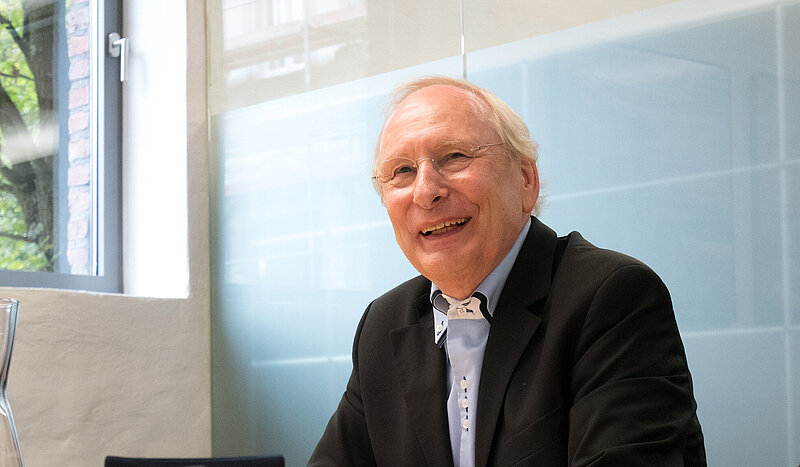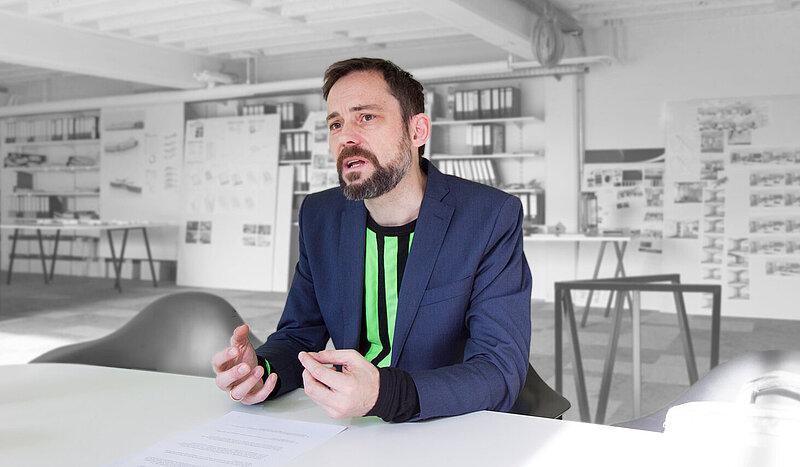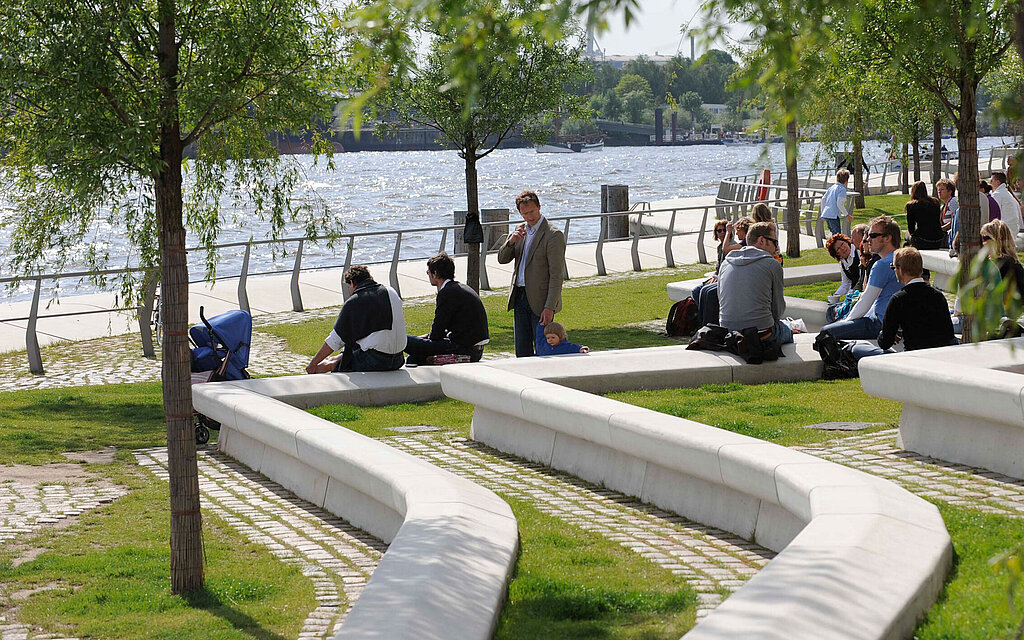
19.07.2017
Urban public spaces
In the second edition of our series “People – Spaces – Emotions”, we are now focusing on urban public spaces.
When urban public areas are discussed, what specific spaces are being referred to?
Wehberg: I would like to say just one sentence in this regard: Public space is wherever there are no buildings and something is publicly accessible. There is also the so-called “Nolli Plan” by Gianbattista Nolli from 1748 for the city of Rome, which also assigned churches and interior courtyards to public space in addition to squares and streets.
Why are public spaces so important for a city?
Betz: Public spaces are a society’s communication centre. It is where society takes place. They also symbolize the understanding of cities and show the aspirations of a city, also for dealing with society. When we talk about public spaces, we have to talk about the topic of “perception” and “positive atmosphere.”
Wehberg: The architect and urban planner Walter Ackers writes that public spaces are the ”agora“ (according to meeting places) of society. Ackers speaks of the “gift of seeing and being seen” in public space through contact with other people. Another of his metaphors is that “public space is the built form of social graces.” What a city thinks of itself is visible in its public space. And that’s important enough, isn’t it?
To what extent can public space influence usage and behaviour in a city?
Betz: There are good examples of this, such as Meidlinger Hauptstrasse in Vienna, Austria. A one kilometre long shopping street. Before the competition, there was ananalysis of social space that identified very heterogeneous population structures with desires and demands that differed completely.
And there was also a study on strengthening the viennese shopping street on the example of Meidlinger Hauptstraße. There was a desire to expand the uses of the public space to include shopping and leisure. At the same time, it is not just a pedestrian zone but also a place for the people to spend time. ”The public space as living room.“
Wehberg: Sydney’s head of urban planning came to visit me some time ago. He reported on how the Olympics in Sydney have changed the behaviour of the people. Knowing that they were going to be hosting many Europeans who like to sit outside – virtually on the street itself – they went in and upgraded the streets, scaled back traffic and encouraged a large number of cafés and restaurants to open. Since then the people in Sydney have been behaving differently, the people are living on the street.
Vienna and Sydney are big cities. Does it make a difference whether it is a rather large or small city?
Wehberg: We are currently working on a project for Neumünster. A city on the smaller side that is trying to enhance its centre comprehensively. Public spaces, regardless of the size of a city, are incredibly important to the atmosphere of a community.
Betz: The importance of public spaces – independent of the size of the city – is certainly the same, but there are differences relating to their development. In smaller cities, public spaces are often better cared for than in large cities, and the community and society function differently. Here it is often more tranquil squares and central urban spaces which work better.
For public space, how important is a connection to the past?
Betz: The historical connection is immensely important. As a matter of principle, we analyse a place before we start thinking about it. With every urban development, especially in cities that have grown over time, there is a connection to their history. It usually makes sense to preserve and show this connection.
Wehberg: It is also much more fun when you can tell a story about a public square. A square called Gänsemarkt (Goose Market) exists in Hamburg, but in our office we refer to it as Lessingplatz (Lessing Square). We do this for the following reason: Lessing was employed for a long time at a theatre bordering this Gänsemarkt, and he did his most important work during this time. Then he got into a tangle with the city and moved to Wolfenbüttel, where he wrote his literary masterpiece ”Nathan the Wise“.
In this work , the concept of tolerance is the main theme. That is why we said in the course of the new design, the Gänsemarkt is the ”place of tolerance“ and we have to move it from the middle like a ”stumbling block“ into the main axis of Gänsemarkt and Rathausplatz. We planted the large lime tree specially in the upper corner of the square and in the axis of the ABC-Street – with a wooden podium as a lectern, which was for us ”Speakers Corner“. The Thalia Theatre continues until today to go to Gänsemarkt, also known as Lessingplatz, in order to start the city tour from there in memory of Lessing. It is precisely this story that makes the square so special.
Betz: At this point you have to expand the term ”history”. Ultimately, it is about content. History is a very general term. What is important is the special content, as in our case Lessing and the underlying philosophy, which has to do with cultural history and mentality. The historical connection and content thus play an essential role in many projects.
Do you see any changes in the perception of public spaces?
Betz: Yes, of course. Over the past 20 years, the value of public spaces has begun to be completely re-assessed. The quality of the spaces also has something to do with the population, the structure and the understanding of it. You can also reduce it to a common denominator: If public spaces are neglected, then they begin to be treated in the same way. However, if they are upgraded, they also make a positive contribution to society, communication, security and comfortable atmosphere.
Wehberg: I find that the statement already made that “public space is the built form of social graces” very clearly describes the new importance of public spaces.
Are certain developments reflected in public spaces?
Betz: Take Hamburg as an example. Twenty years ago there were many run-down spaces that were not taken seriously. In spite of fantastic locations, they were treated like insignificant, leftover patches of land. For decades, urban and open-space planning was driven only by the needs of traffic – traffic dominated the space. This is truly nonsensical, since the structure then has nothing to do with urban development. A completely new way of thinking has established itself here.
Wehberg: There was an urban space contest for Hamburg’s HafenCity, whose winning design with its playful and Mediterranean flair surprised many for a “Nordic city” like Hamburg. We noticed later what this had achieved. At a time when, with the exception of the SAP building, there were no buildings at all, people came to HafenCity in droves to take a look at the strange outdoor facilities. They were now quite simply the point of attraction.
Then came wishes from the public, especially in terms of additional greenery and trees – not exactly the most natural choices for a location directly on the harbour. However, the Chief Planning Director Prof. Jörn Walter strongly supported this and achieved huge success in this area, the city became a talking point in a positive way.
What quality criteria characterise attractive public Areas?
Wehberg: A critic of urban development wrote an article which provocatively stated that it is well known how cities should be built. Those that work are simply copied. If you take Copenhagen as an example, the city map goes back to the Middle Ages.What is special about it is that Copenhagen did not build new roads but tore out existing roads, thus reducing traffic greatly. On the other hand, pedestrian zones were expanded. Copenhagen has a moving city life and is now the city with the most cyclists, alongside Amsterdam.
Betz: This could be reduced to „the logic of simplicity“, but you could also list Quality criteria: Public space must convey tranquillity, be reserved in a certain way, offer identity and radiate a positive atmosphere.
In addition, safety and security issues also play a role. It should not cause people to feel anxiety. For example, at night this also has something to do with the topic of light as well as corners that are hard to see into or strange structures. The visibility of a space should be good, and its public nature should contribute to a sense of security.
Speaking of light: To you, how important is light as a design element?
Wehberg: I often feel that there is far too much light, that is, it is important to consider what light is to be used for and how much is needed. And the desire for light, also in part for staging purposes, differs a great deal depending on the region.
Betz: Light plays a very important role for the projects. But it is always a question of strategy, that is, how do you deal with light, how do you integrate light into a project? We usually work on content starting from the location and try to go into the projects with certain logic. This makes the projects selfexplanatory. And light, like any other element or material used, must be part of the overall concept and follow this philosophy.
Do “multifunctional lights” play a role in your considerations?
Betz: Yes, absolutely. The more features that can be integrated into an installation, the better it is, of course, since it makes the area appear peaceful and tidy. The possibility of including light in different directions and of working with different angles can be of essential significance.
Can you name a good example of an attractive public space?
Betz: There are many, of course, but Piazza San Marco (St. Mark’s Square) in Venice is particularly nice. There is very good urban planning with water and façades – and the ground-floor zones are used by shops and cafés. Otherwise the square is empty, no frills, nothing is superfluous, and yet everything you need is there...
Wehberg: ... and it is exciting that Piazza San Marco is the model for Hamburg’s Rathausmarkt (Town Hall Square) and the connection from Rathausplatz to the Binnenalster (Inner Alster). It’s exactly the same structure.
What is the significance of the public space for urban development?
Betz: I’d like to briefly cast a glance into the past. Public space has always played an important role in urban development. From Hippodamos of Miletus (Greek city planner of antiquity), there is the famous city map in a grid structure with building blocks, in which 23 blocks had already been planned at the time for use as public spaces – for theatres and thermal baths, for example. That means, public space was always thought about and lways had an important function for society and culture.
Wehberg: “Viertel Zwei” (Quarter Two) is currently a very successful urban development project in Vienna. In this district, we designed open spaces in an area between the grounds of the trade fair and the football stadium as great places for people to spend time and with a wide array of usage possibilities – including between the buildings. This “Viertel Zwei” is incredibly popular especially due to the public space and the atmospheric areas in between.
In urban development projects, the interrelationship between public space and the neighborhood as well as the utilisation of the ground floors is very important. These areas are often used and at the same time create an identity.
Do the requirements for the design of urban open spaces also change against the backdrop of the need for greater quality of life?
Betz: There are various aspects and topics that are to be viewed quite critically. As a result of densification, activities like urban gardening have become fashionable. This is a trend that appeals to many people. But also in this case, if we consider urban planning, architecture and open space from a distance, it is also important to protect spaces itself. A very difficult issue is how to scale back car traffic – and how the relationship between cyclists and pedestrians is shaped in a city, for example.
Wehberg: In addition to design, materials now also play an important role. In Copenhagen, for example, they are replacing unattractive concrete paving with natural stone paving to create a different sense of quality and thus a different kind of quality of life.
WES LandschaftsArchitektur
The office WES LandschaftsArchitektur in Hamburg was founded in 1969 by Hinnerk Wehberg and Gustav Lange as Offices of Wehberg-Lange. Since then, the office has participated in the realization of pioneering and often award-winning projects in Germany, Europe and China as well as in the Arab region.
The key activities of the interdisciplinary team of more than 40 employees comprise the design of architectural interior and exterior spaces. These include open space and object planning, master plans, surveys and urban development projects as well as Percent for Art projects. WES has offices in Oyten, Berlin, Düsseldorf and Shanghai, in addition to the head office in Hamburg.
Hinnerk Wehberg: About the person
2014 advisor to Zhuhai City (CN)
since 2007, WES advisor and representative
since 2005, appointment in the “Konvent der Baukultur” [Building Culture Convention]
2005 awarding of the honorary Sckell ring
2002 Emeritus status given at the Braunschweig University of Technology
since 1992, member of the Freien Akademie der Künste [Free Academy of Arts]
1992 awarded the Fritz-Schumacher prize
1982 - 2002 professor at the Institut für Städtebau und Landschaftsplanung [Institute for urban development and landscape planning] at the Braunschweig University of Technology
1975 - 1985 member of the Art Commission of the Free and Hanseatic City of Hamburg
1969 founding of the office of Wehberg-Lange (today: WES)
1966 - 1969 visiting professor for Percent for Art at the HfbK [University of Fine Arts] in Bremen
1964 - 1970, visiting lecturer at Hornsey College of Art London
since 1964, member of the Federal Association of Artists of the Fine Arts
1963 British Council Scholar, London
1962 - 1969 freelance painter and sculptor in Hamburg, realization of Percent for Art projects, Percent for Art, art in public spaces and church interior design
1961 awarded the art prize “Neues Forum Bremen”
1957 - 1962 Painting course of studies at the HfbK [University of Fine Arts] Hamburg; art teacher exams
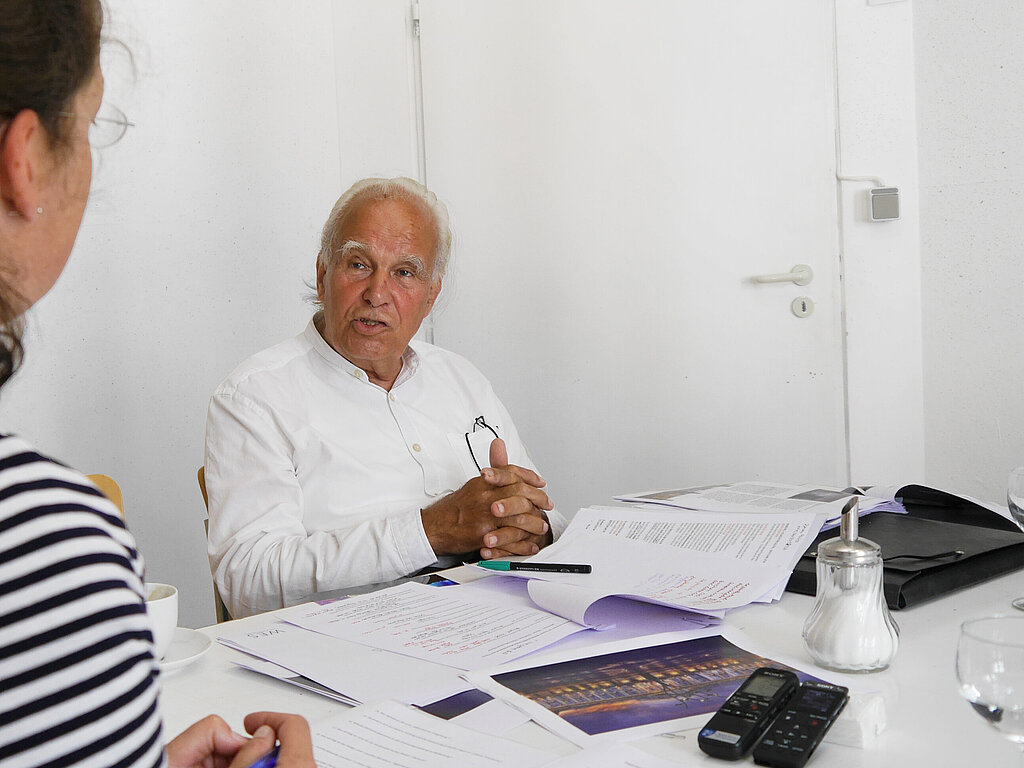
Wolfgang Betz: About the person
since 2002, member of the Art Commission of the Free and Hanseatic City of Hamburg
since 1999, university teaching position for open space planning at the architectural department of the University of Applied Sciences and Arts (HAWK) in Hildesheim
since 1996, associate at WES
since 1992, freelance garden and landscape architect
1990 - 1996 freelance collaboration with the office of Wehberg-Lange-Eppinger-Schmidtke
1990 collaboration with the office of Gerhart Teutsch in Munich
until 1989, Landscape Architecture course of studies in Weihenstephan;
Dipl.-Ing. [graduate engineer] (FH) [university of applied sciences]
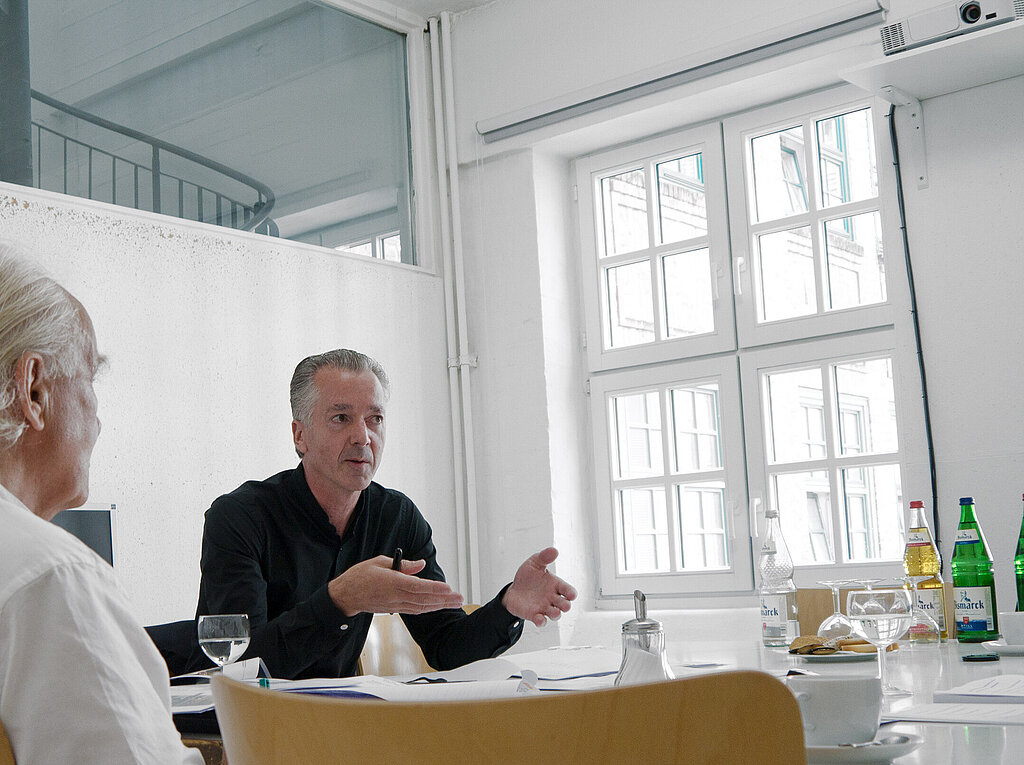

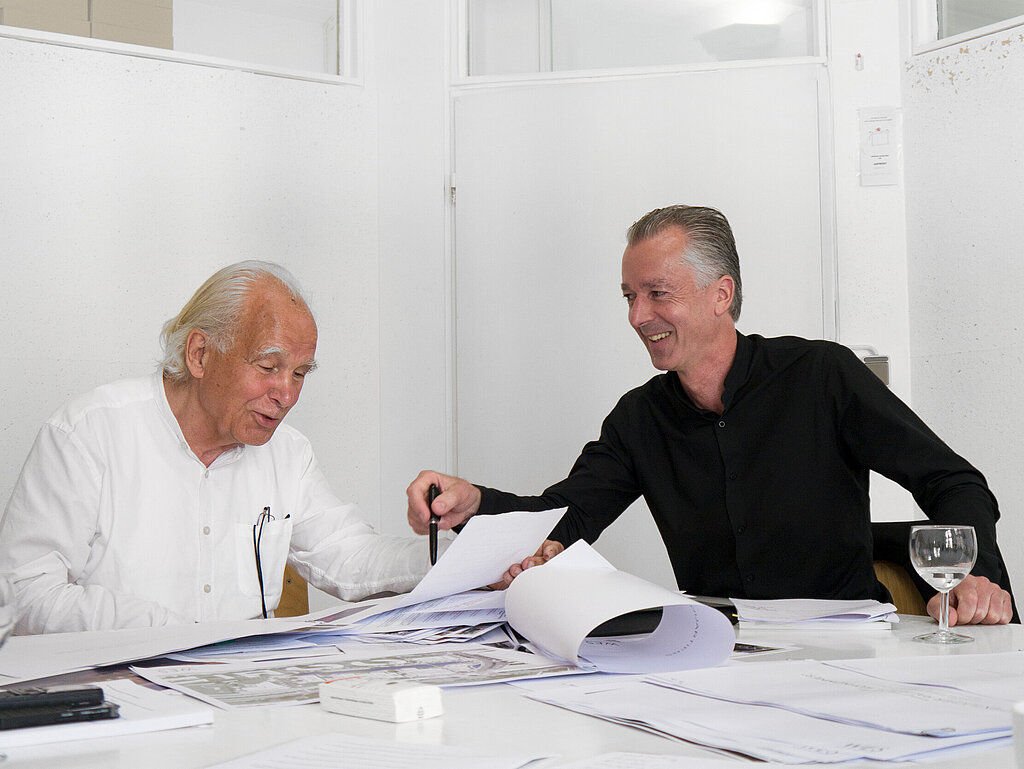
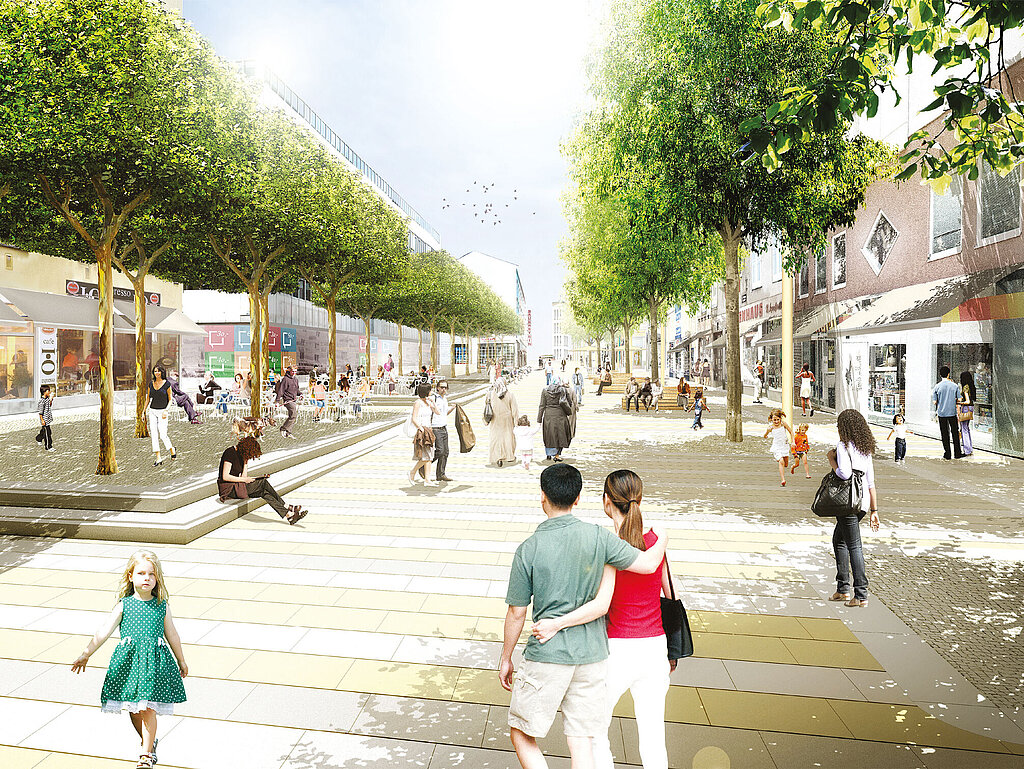
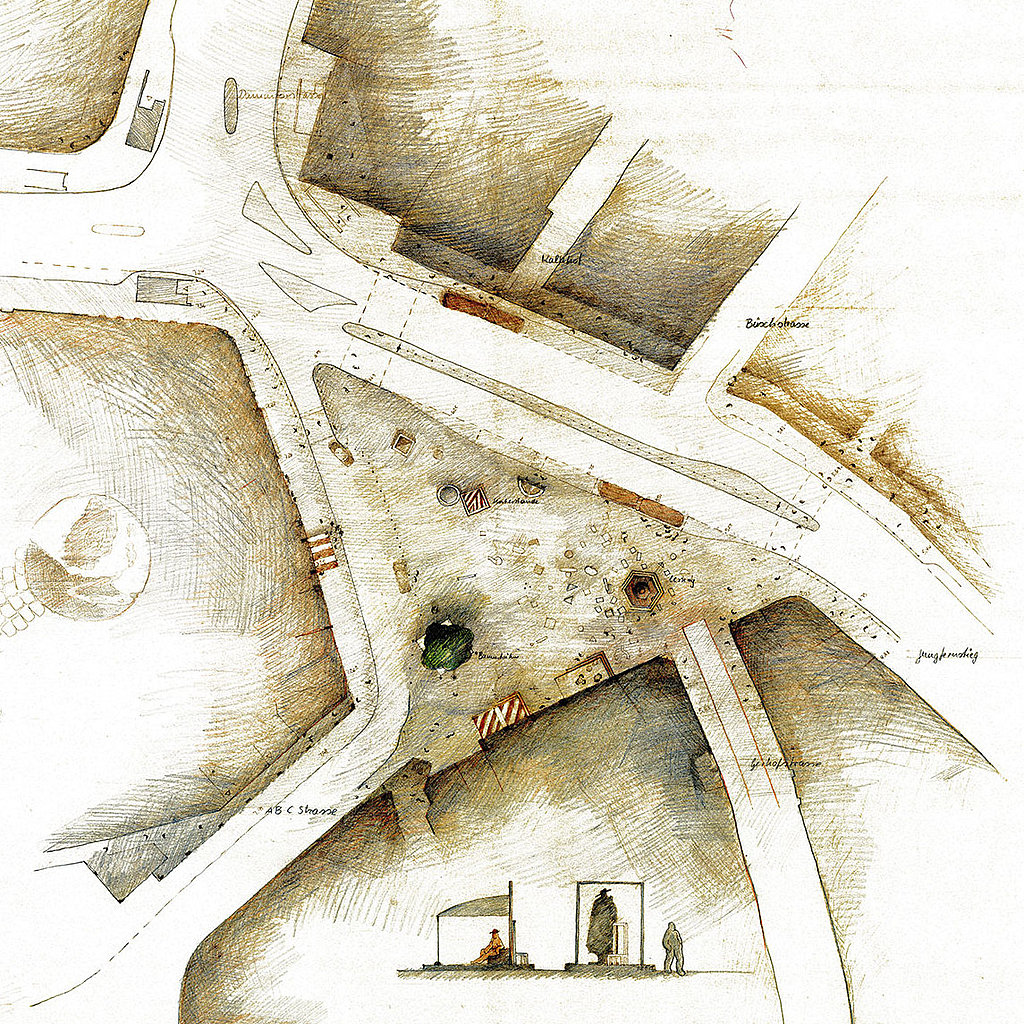
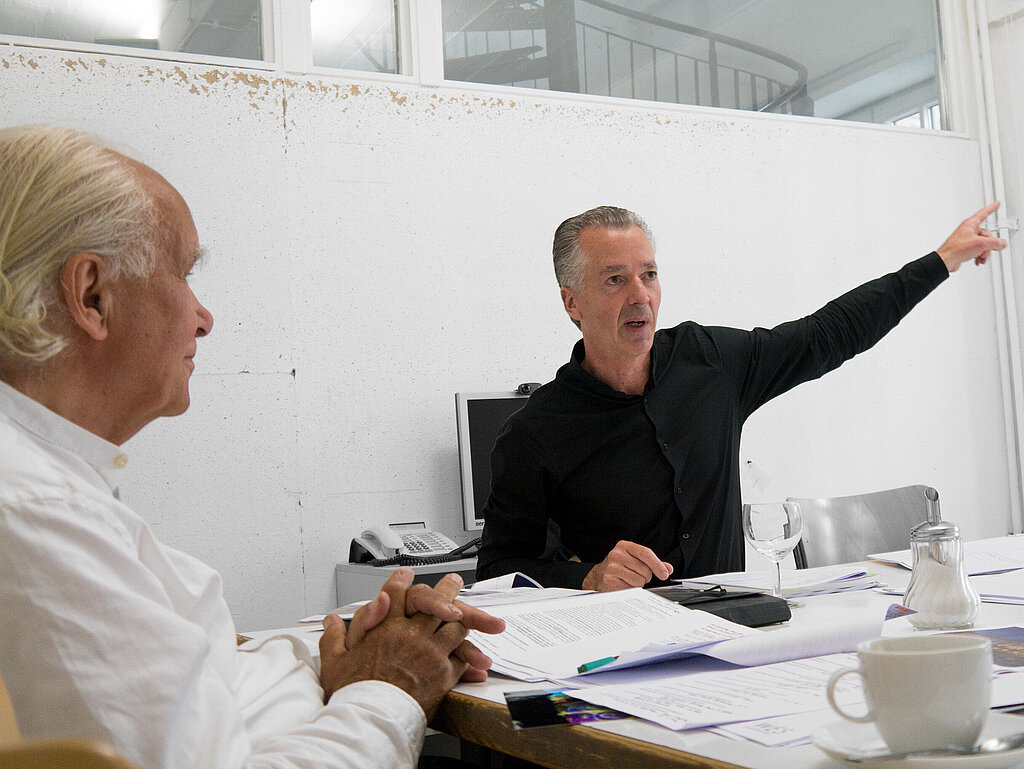
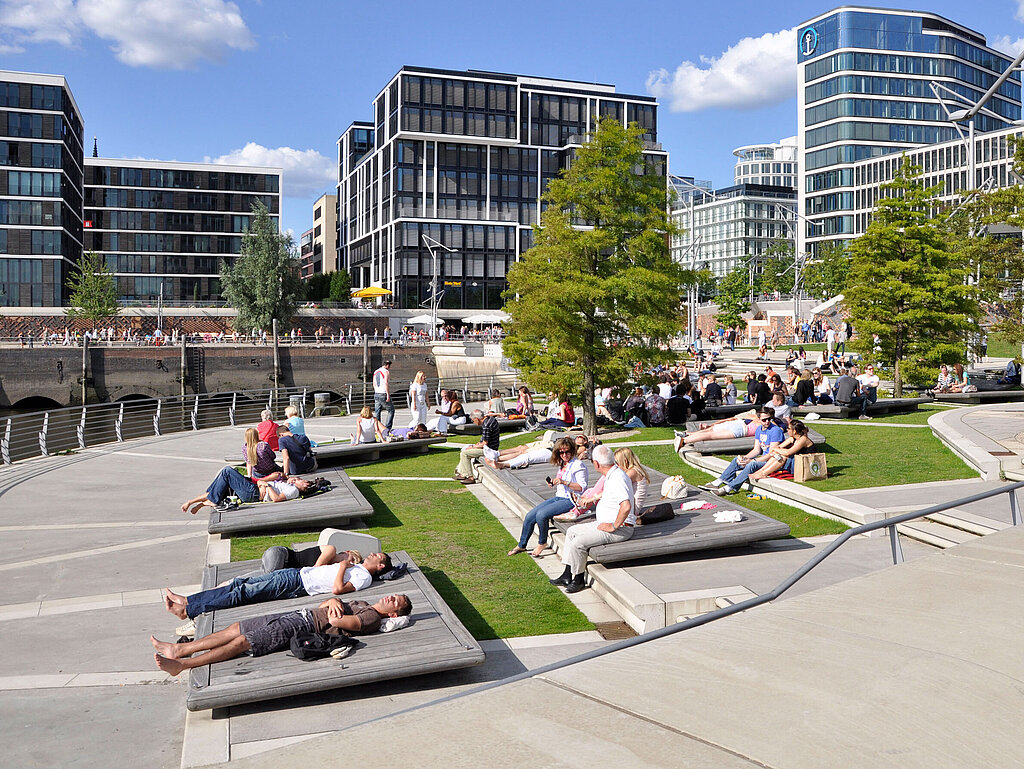
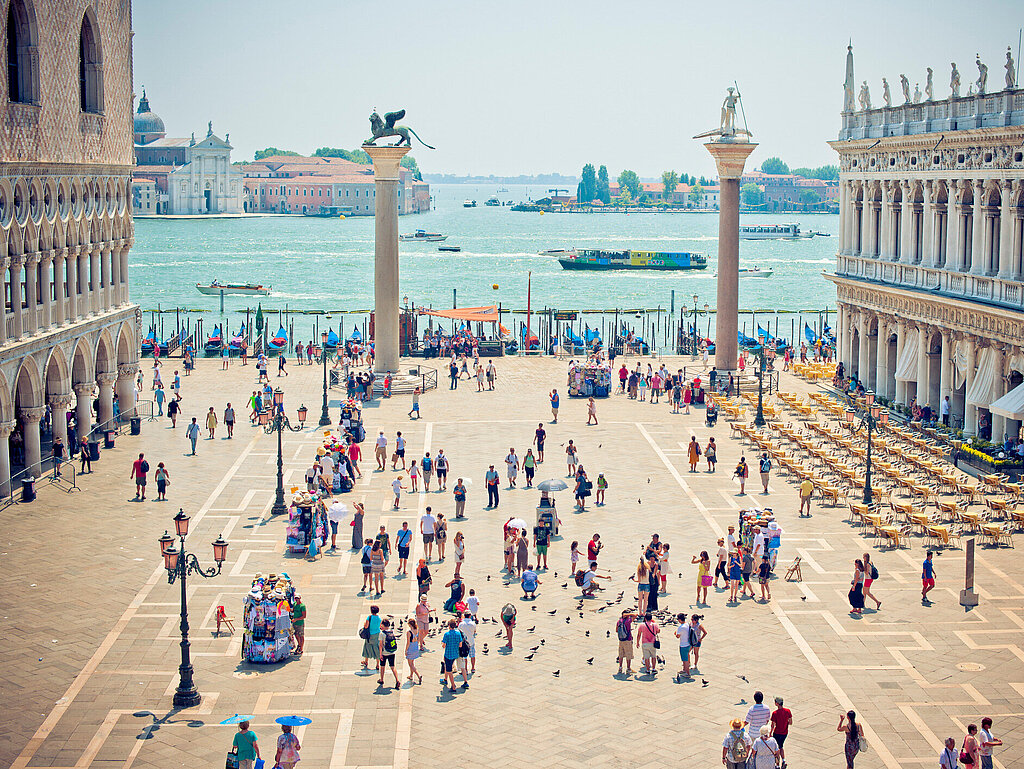
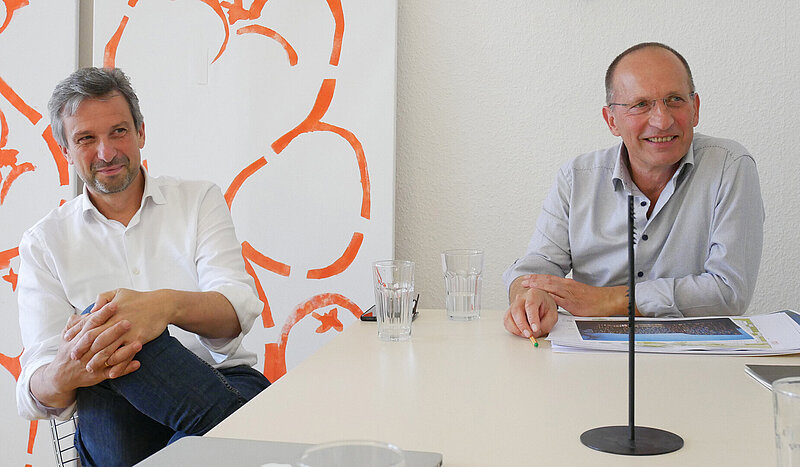
![[Translate to English:] [Translate to English:]](/fileadmin/_processed_/9/1/csm_Michael_Frey_0185d0a74f.jpg)
